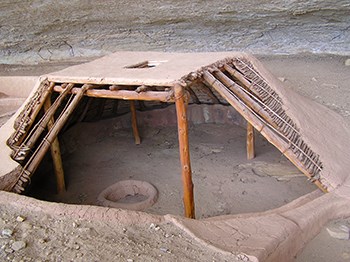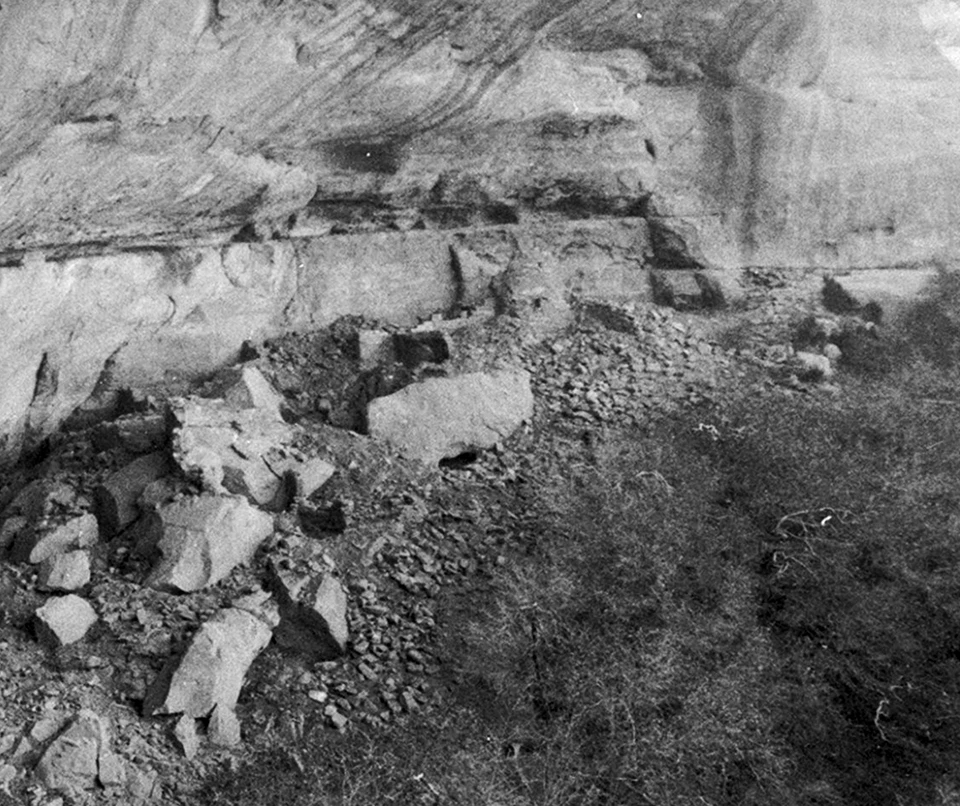
The Step House trailhead is located next to the Wetherill Mesa kiosk. The one-mile trail is steep (a 100 foot descent and ascent on a winding path). Your time in the site is self-paced so you can enter and exit at your leisure. There is a ranger on duty in the dwelling to answer questions. Allow approximately 45 minutes to visit Step House. On Wetherill Mesa (map), Self-Guided, No Fee Required 

The Step House alcove is unique at Mesa Verde because it provides clear archeological evidence of two separate occupations—a Basketmaker III (BM III) pithouse community dating to early 600s CE, and a Pueblo III (P III) masonry pueblo dating to the 1200s. Basketmaker III sites are difficult to locate within alcoves because of later cliff dwelling activity. But because the Step House pueblo was built on the south end of the 300-foot (91 m) long alcove, it left at least part of the BM III site undisturbed. The six pithouses located here clearly indicate that at least some individuals chose to build their homes in alcoves a good six centuries before the construction of the now famous cliff dwellings. 
NPS Photo Because of the stunningly crafted baskets found with pit structures dating from about 550 to 750 CE, early archeologists named the people and the time period in which they lived, "Basketmaker." Today, although archeologists refer to the “Basketmaker” and “Pueblo” time periods, they recognize that the people are simply different generations of the same cultural group now known as the Ancestral Pueblo people. Compare Step House in the late 1800s and today 

Left image
Right image
|
Last updated: April 21, 2025
